How Alfred Hitchcock turned buildings into characters
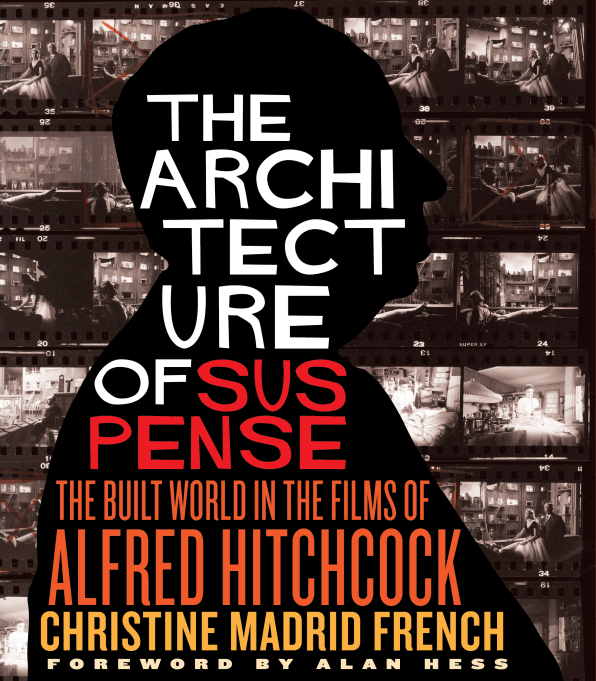
Filmmaker Alfred Hitchcock is regarded as one of the most influential directors in movie history, defining the genres of horror and suspense with films like Psycho and Vertigo, and finding a rare balance of artistry and commercial success. His work has inspired generations of moviemakers, from Steven Spielberg to Jordan Peele, and has been the subject of an exhaustive list of analyses and biographies.
A new book explores Hitchcock’s influence and filmmaking through a unique lens: the architecture in his films. In The Architecture of Suspense: The Built World in the Films of Alfred Hitchcock, architectural historian Christine Madrid French suggests that buildings are practically characters in Hitchcock’s films and became instrumental to his storytelling.
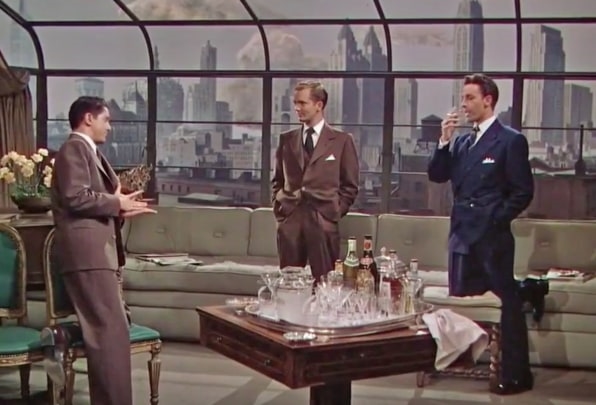
There’s the penthouse apartment that makes up the sole set in the murder mystery Rope. There’s the dizzying tower stairwell in Vertigo. There’s even an architectural element so significant it made the film’s title: Rear Window.
Films are set in places, of course, but what sets Hitchcock’s use of places apart, according to French, is his (and his production design team’s) focus on having the buildings and spaces in his films push the narrative forward.
French cites Hitchcock’s 1959 spy thriller North by Northwest as a prime example. With settings ranging from the imposing United Nations Headquarters in New York City to the absurd, cliff-hanging faces of Mount Rushmore, the film toys with concepts of urban anonymity, international intrigue, and American nationalism. It also includes a house that French says “changed cinema forever.”
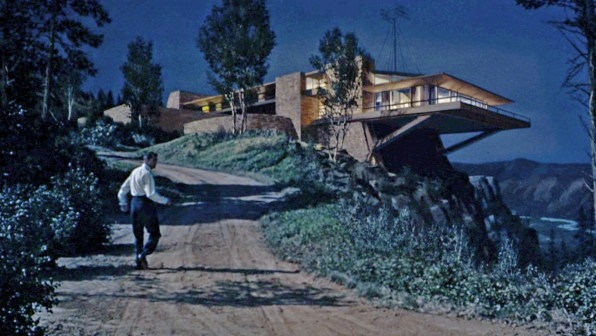
Near the end of the film, viewers are taken to the home of villain Phillip Vandamm—a starkly modern home with sharp horizontal lines and a deep cantilevered living room hanging over a cliff. The home, with nods to architect Frank Lloyd Wright, instantly created the trope of the debonair villain living in a modernist home.
“It informed all of the James Bond movies that came after it. And after that, you almost never saw a villain in an old castle anymore. They’re almost all these sophisticated villains inside modernist houses,” French says. “It’s just as unapproachable as that castle on a hill.”
The house, which was designed specifically for the film and only existed in the form of matte paintings and stage sets, has gone on to influence the homes of villains in films from 1984’s Body Double to 1998’s The Big Lebowski.
The Vandamm house is more than just a set, French points out. The design was so important to the film that some of the house’s elements were integral to the plot itself, such as the arching girders holding up the cantilever, which Cary Grant’s character uses to climb his way into the building. “The architecture is actually informing the script. The building is actually changing the script,” French says.
“The Vandamm house is definitely a movie star in its own right,” she adds.
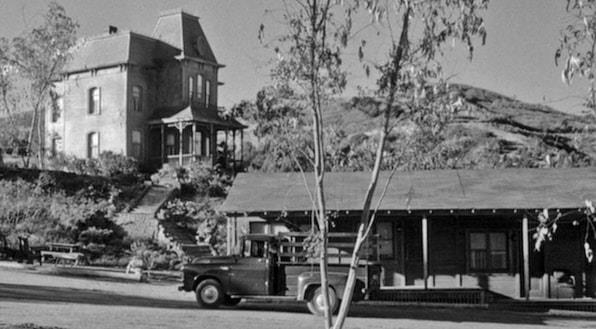
French focuses much of her book on two buildings from what may be Hitchcock’s most famous film: 1960’s Psycho. The Bates Motel is a seedy roadside accommodation hiding a disturbing secret, and the Bates Mansion is a Victorian-style house that has inspired countless haunted houses in the decades since. Though the infamous shower scene is perhaps the most memorable setting from the film, the two buildings play a larger role, representing the main character in the film and his demented obsession with his mother.
“The characters are framed by the architecture, frequently,” French says. “But you’ll also see the character touch the building a lot. You’ll see Norman Bates leaning against the motel a lot, leaning over things like he’s part of the motel. The motel represents him, the mansion represents the mother.”
The buildings become part of the way the story is told and interpreted. Much of the credit for this approach, French says, should go to the production design team that worked closely with Hitchcock on these films, including filmmaker and graphic designer Saul Bass and architect-turned-production-designer Robert Boyle. “He had a genius team,” French says.
Under the leadership of Hitchcock, this team set new standards for how buildings and spaces can be used in film. And though for many films, the settings seem like more of an afterthought, in the hands of a thoughtful filmmaker, French maintains, the right building or designed space can elevate the movie-watching experience.
“The thing about architecture on film is it really subconsciously presents a character to you,” she says. “It increases your understanding of the story.”
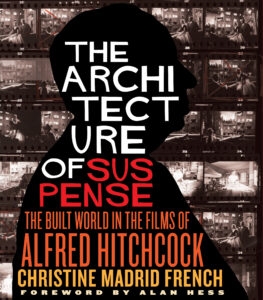
(40)


